Share this
Crafting a Winning B2B Go-to-Market Strategy

In the blistering pace of today’s business landscape, the right b2b go-to-market strategy, plan and strategy to steer your product or service towards the market can make or break its success.
A well-crafted B2B Go-to-Market (GTM) strategy can be your North Star, guiding you towards the shores of success. It’s the secret sauce that helps launch and promote your offerings effectively, aligns your organization’s B2B marketing efforts together, and maximizes customer value.
But what exactly are b2b go-to-market strategies? How does it differ from its B2C counterpart? What are its critical components, and how can you avoid common pitfalls while implementing it?
Let’s explore these fascinating facets, shedding light on real-world examples and best practices along the way.
What you will learn:
-
Craft a successful B2B GTM approach by understanding customer needs, developing a unique value proposition, aligning internal teams and leveraging the right B2B channels.
-
Take time to research target market and understand customer feedback in order to avoid common pitfalls.
-
Align internal teams, leverage B2B content marketing, build strategic partnerships & track performance metrics for success.
Understanding B2B Go-to-Market Strategy
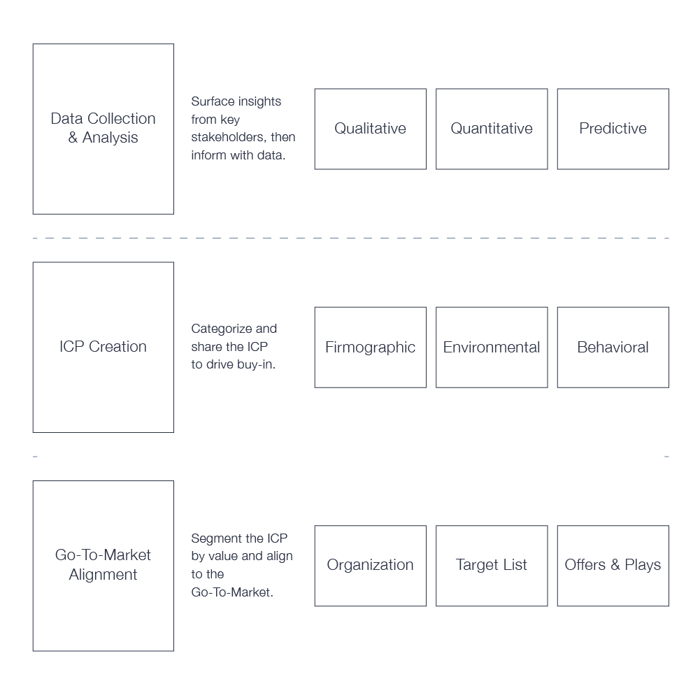
An effective B2B Go-to-Market strategic plan, often abbreviated as GTM, is a detailed action plan that outlines how a company will sell its products or services to small business owners and customers.
Go-To-Market playbooks covers everything from:
-
Defining your target audience
-
Pricing
-
Sales strategy
-
Developing a go to market plan
It’s the roadmap that ensures every aspect of the ideal customer experience is addressed effectively, offering a valuable guide for your entire business’s journey from product development to the customer’s hands.
Moreover, a successful GTM strategy is a balanced composite of:
-
Understanding your target audience, their needs, pain points, and how your product or service can provide a solution.
-
Gaining a competitive edge in the market and creating a unique value proposition that sets you apart from the competition.
-
Aligning your internal revenue teams (marketing, sales and service) around measurable objectives.
-
Leveraging the right marketing channels, at the right stage of the buyer's journey is vital.
-
Consistently tracking your performance metrics to ensure your strategy is always on the right track.
Key differences between B2B and B2C GTM strategies
While both B2B and B2C GTM strategies aim to connect a product or service with its intended, customer base, they each have their unique features and considerations. One of the primary distinctions lies in the buying process. The B2B go to market strategy McKinsey & Company put out provides great insights.
In the B2B paradigm specifically, the whole buying process and the sales cycle process more often involves a longer sales cycle, multiple decision-makers, and a greater emphasis on relationships and service.
For instance, the self-service model, where customers purchase on their own, is more common in B2C markets. However, in B2B markets, this business model often requires a marketing and sales team comprising growth marketing, performance marketing, and a content marketing staff of specialists to effectively make new market and penetrate the existing market.
This business model is best suited for products that:
-
are straightforward
-
have a low price tag
-
have a high turnover rate
-
demonstrate a strong product-market fit.
Essential Components of a B2B Go-to-Market Strategy
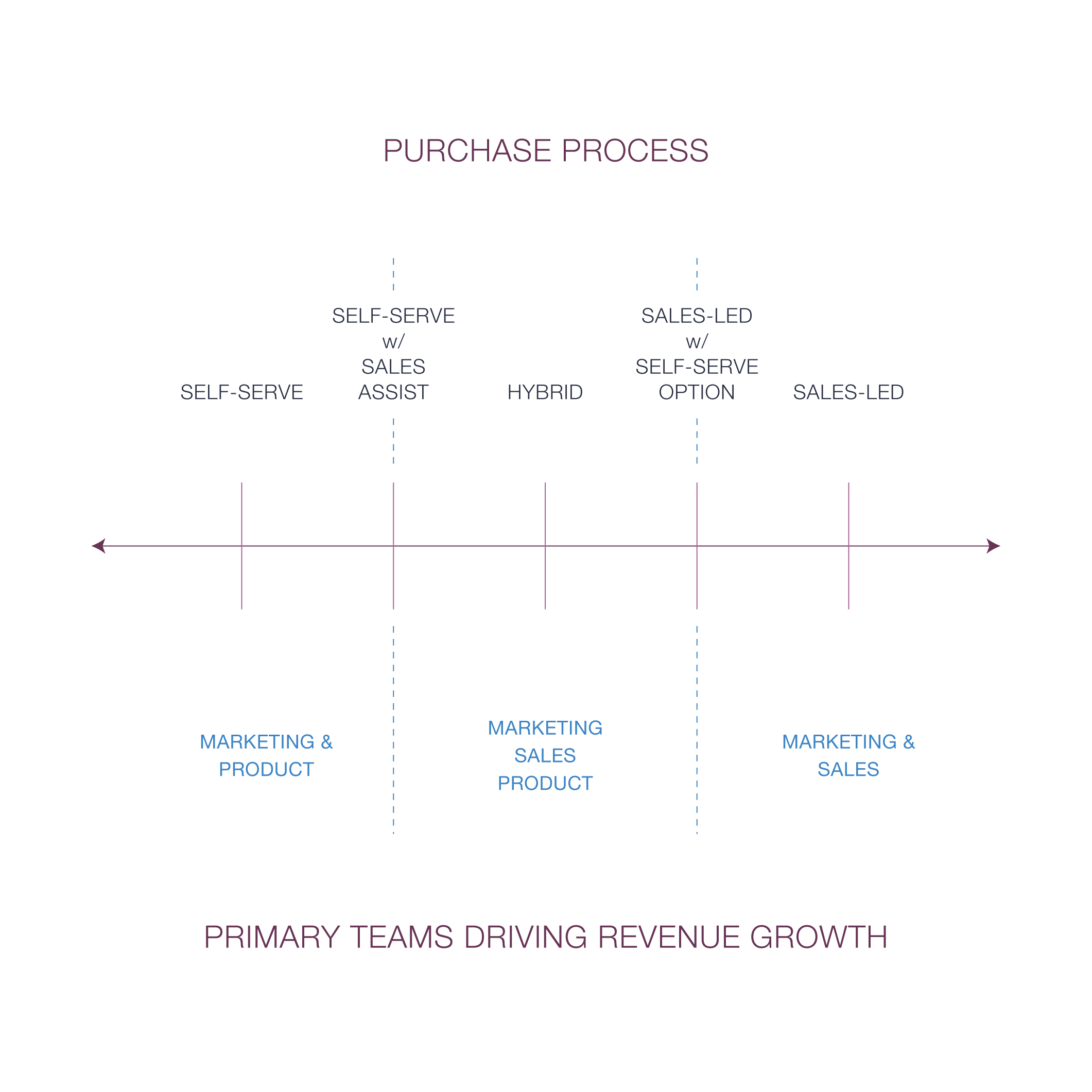
A successful B2B GTM playbook is not born out of thin air. It’s a meticulously crafted masterpiece that comprises several essential components. These crucial elements interweave to form the fabric of your GTM strategy, each adding its unique value to the overall picture.
At the heart of a successful B2B GTM strategy is the target product buyer's perspective, market, and firmographics; understanding who they are, what they need, and how your product or service can address their needs is paramount.
The value proposition is another critical component that communicates the unique benefits of your product or service to your target audience.
Competitive analysis aids in your competitive advantage by understanding the landscape you’re operating in and identifying potential areas for differentiation and competitive advantage.
Finally, the pricing and sales strategy ensures that your product or service is priced appropriately for the market and reaches your target customers effectively.
Target audience identification
Identifying and understanding your target audience is like finding the North Star in a dark sky – it gives you direction and focus. In the context of a B2B GTM strategy, it’s about knowing who your potential customers are and understanding their needs, pain points, and purchasing behaviors.
This understanding is vital in shaping every aspect of your strategy, from product development to the sales cycle to sales manager marketing and sales manager operations.
Creating an Ideal Customer Profile (ICP) and developing buyer personas are two common methods of defining a business’s target market.
Ideal Customer Profile
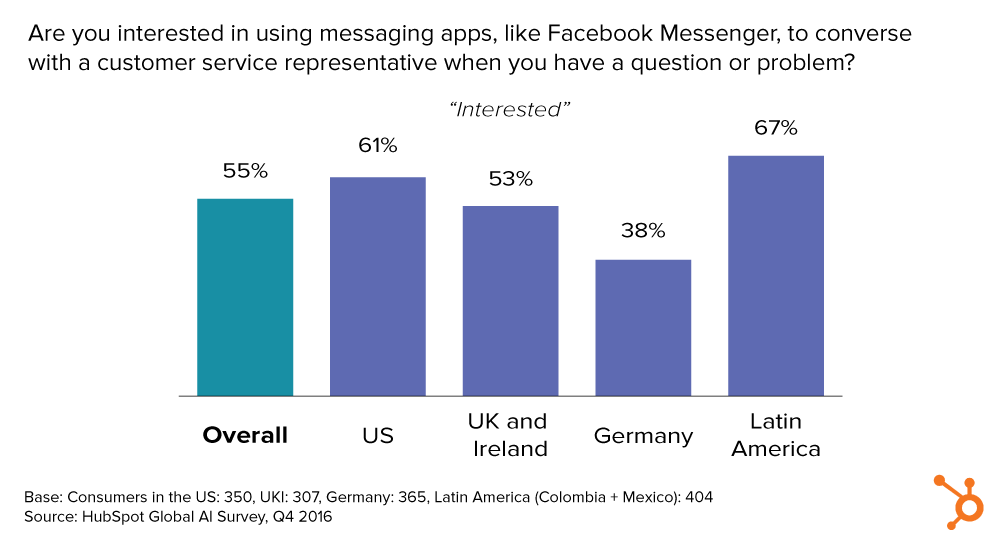
An ideal customer profile (ICP) is a detailed description of a company or individual that would get the most value out of your product or service and provide you with significant value in return.
On the other hand, buyer personas are fictional representations of your ideal-fit customers, market strategy examples for customers, common B2B sales strategies based on market research and real data about your existing customers.
They help you understand your existing customers (and prospective customers) better and make it easier for you to tailor your product development, sales messaging, and content to the specific needs, behaviors, and concerns of different groups.
Understanding the buying personas in a B2B GTM strategy is crucial to craft the necessary content and processes to facilitate the sale.
For instance, for a tour company launching a new in-destination app, you might create a persona like the “Memory-maker,” a 25-35-year-old individual who travels alone or with a partner, values booking flexibility, and is comfortable using technology and apps.
Such insights can provide a visual representation of who your customers are on a human level and help tailor your approach to each buyer personas or multiple customer personas stage of the buyer’s journey.
Value proposition development
A compelling value proposition is the cornerstone of a successful GTM strategy.
It’s a clear statement that explains.
-
How your product solves your customers’ problems or improves their situation
-
Delivers specific benefits
-
Tells the ideal customer why they should buy from you and not from the competition
It’s the hook that grabs your prospect’s attention, the positioning of your sales-ready messaging makes you stand out in a crowded market, and the promise that turns prospects into paying customers.
One approach to crafting a compelling value proposition involves leveraging content inbound marketing first. Through blogs, webinars, white papers, and other forms of content, you can educate your potential customers about their pain points and how your product or service can address them.
Value proposition effectiveness
Remember, your value proposition should be customer-focused, addressing the unique needs and pain points of your target demographics.
Enter the value matrix. This tool allows you to:
-
Identify the business needs of each buying center persona
-
Determine how your product can provide a solution
-
Create a marketing message that connects the problem and the solution, effectively articulating the pain point and value
Crafting diverse customer personas and constructing a value matrix enables tailored messaging for each segment of your target audience, effectively conveying the distinctive value proposition of your product or service to specific firmographics.
Competitive analysis
In the battlefield of business, understanding your competitors is as important as understanding your customers. A competitive analysis allows you to assess the competitive landscape, identify your competitors’ strengths and weaknesses, and find opportunities for differentiation.
It provides you with a clear understanding of what you’re up against, helping you devise strategies that exploit your competitors’ weaknesses and capitalize on their strengths.
Without thorough market research, you’re essentially shooting in the dark. You could end up launching a product or service in a market that is already saturated not too much competition, or where there is little demand.
Conversely, comprehensive market research can help you see strong market demand for existing product, understand the level of strong market demand, see successful product launch before, new successful product launch in new product's market before, and competition in your market and identify potential opportunities for growth.
Therefore, it’s crucial for enterprise businesses to conduct extensive market research and competitive analysis of new market before launching your enterprise businesses in new product's market or service to new market to ensure that there is a promising likelihood of success.
Pricing and sales strategy
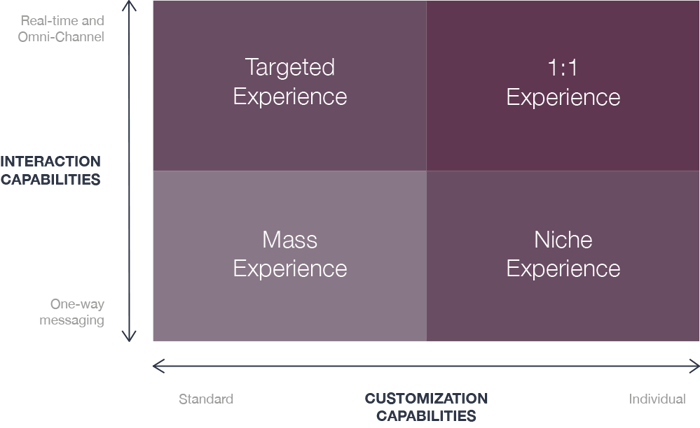
A successful B2B GTM strategy includes a well-thought-out pricing strategy and sales strategy. Your pricing model should reflect the value your product or service provides to your target market of customers.. At the same time, your sales approach should align with your target audience’s purchasing behavior and the market conditions.
Different products require different sales strategies, which are often influenced by the buyer's journey business model. For example, if your product is straightforward, has a low price tag, and has a high turnover rate, a self-service model where customers can independently purchase the product, typically in an e-commerce setting, might work best.
On the flip side, if your B2B offerings are complex and requires a significant investment, a field sales model where sales personnel focus on finalizing large-scale enterprise deals might be more effective.
Product positioning is another crucial aspect of your whole sales process and pricing strategy not too much competition. It’s how you communicate your product’s unique value to your niche audience and why they should choose your product over your competitors.
Syncing your pricing and sales strategy with your market approach and product positioning enables clear communication of your product or service's unique value to your ideal firmographics, fostering successful sales outcomes.
Best Practices for Implementing a B2B GTM Strategy
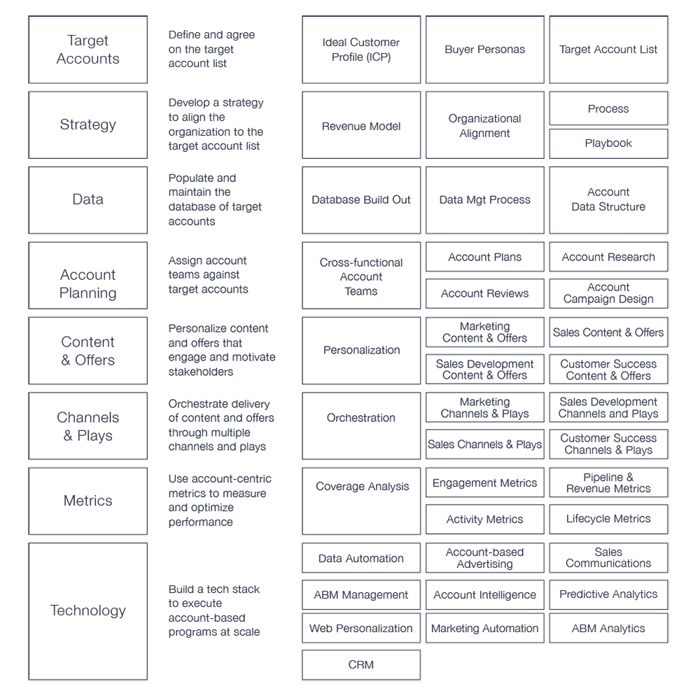
Implementing a B2B GTM strategy is no small feat. It requires careful planning, coordination, and execution. However, by following proven best practices, you can increase your chances of success and maximize the return on your investment.
These best practices include:
-
Aligning your internal teams
-
Leveraging content marketing
-
Building strategic partnerships
-
Tracking performance metrics
Each of these practices plays a crucial role in ensuring that your GTM strategy is effective and delivers the desired results. But let’s delve deeper into each of these practices to understand how they contribute to a successful GTM strategy.
Aligning internal teams
One of the keys to a successful GTM strategy is ensuring that all your internal teams are on the same page. This includes your marketing, your sales operations, product development, and customer service teams. Each of these teams plays a critical role in your GTM strategy and should be aligned with your overall marketing objectives and strategies.
For instance, your sales and marketing teams need to work together to generate leads and convert them into paying customers. Your product development team needs to understand your target audience’s needs and develop products that meet those needs. Your customer service team should be equipped to address customer queries and concerns effectively. By ensuring that all these teams are working towards the same objective, you can create a seamless customer journey and ensure a successful GTM strategy.
Lead generation is another aspect where alignment between teams is crucial. Attracting and cultivating prospective customers is an essential part of proactive outbound lead generation. It helps to promote your product or service.
It requires a collaborative effort from your marketing and sales teams, with marketing efforts focused on:
-
Attracting leads
-
Creating awareness
-
Generating interest
-
Nurturing leads
The sales team and marketing team then has inbound leads and the sales and content marketing team works on converting those inbound leads into customers.
Leveraging content marketing
Content marketing plays a crucial role in a B2B GTM strategy.
It involves:
-
Creating and sharing valuable content that attracts, engages, and converts your target audience
-
Providing your audience with relevant, informative content
-
Establishing your brand as a thought leader in your industry
-
Building trust with your audience
-
Guiding them through the buyer’s journey
By implementing a strong content marketing strategy, you can effectively reach and connect with your target customer base and demographics.
The goal of content marketing in a GTM strategy is not just to promote your product or service, but to educate your potential customers about their pain points and how your product or service can address them. By providing valuable content that addresses your audience’s needs and challenges, you can engage them, build relationships, and eventually convert them into customers.
Building strategic partnerships
Strategic partnerships can be a game-changer in your GTM strategy. By partnering with complementary businesses, you can expand your reach, enhance your offerings, and gain access to new markets.
A strategic partnership is a mutually beneficial relationship between two or more non-competing businesses. It involves sharing resources, knowledge, and capabilities to achieve a shared objective. For example, a software company might partner with a hardware company to offer a comprehensive solution to their customers.
However, forming strategic partnerships requires careful planning and consideration. You need to ensure that the partnership aligns with your business objectives and offers mutual benefits. Additionally, you must be aware of potential challenges and pitfalls, such as cultural differences, misaligned objectives, or communication issues.
Tracking performance metrics
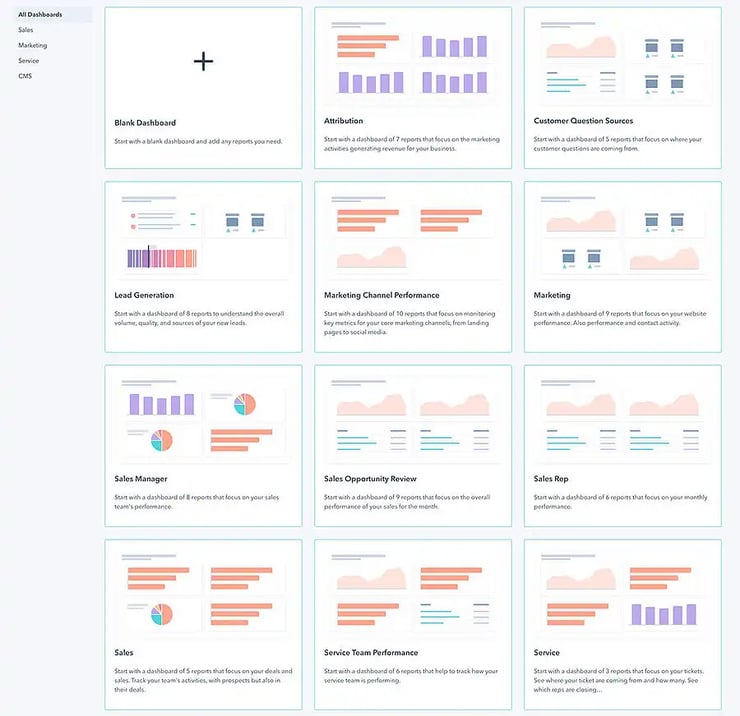
Tracking key performance indicators and metrics is an essential practice in implementing a B2B GTM strategy. By monitoring key performance indicators (KPIs), you can measure the success of your strategy, identify areas of improvement, and make data-driven decisions.
Performance metrics provide insights into various aspects of your GTM strategy, such as:
-
Customer acquisition cost
-
Revenue growth
-
Market share
-
Customer satisfaction
They help you understand what’s working, what’s not, and where you need to adjust your strategy. Performance metrics can also help you understand your customer’s experience and provide insights into how you can improve it.
Case Studies: Successful B2B Go-to-Market Strategies
To put all these concepts into perspective, let’s take a look at some real-world examples of companies that have successfully implemented B2B GTM strategies. These case studies will provide you with practical insights into how these strategies are applied in the real world and the results they can achieve.
Each case study will delve into the company’s specific GTM strategy, examining its components, how it was implemented, and the results it achieved.
When you analyze these samples, you can gain a deeper understanding of how a well-crafted GTM strategy can drive business success.
Case Study #1: Uber Eats
Let’s start with Uber Eats.

This company’s GTM strategy was a masterstroke of planning and execution.
Their strategy included:
-
A well-defined target audience
-
An effective value proposition
-
A competitive analysis
-
A robust pricing and sales strategy
One of the key components of Company A’s successful GTM strategy was their communication and marketing plan.
This marketing plan also encompassed:
-
Strategy
-
Tactics
-
Assets
-
Phases
-
Social media strategy
The result? Company A’s GTM strategy was a resounding success. They achieved their objectives, demonstrating the power of a well-executed GTM strategy. This Uber Eats case study illustrates how a robust GTM strategy can drive business success, providing useful insights for companies looking to craft their own GTM strategies.
Case Study #2: Tesla
Next, we have Tesla!

Another example of a company that has achieved success through a well-executed GTM strategy. While specific details about Tesla’s strategy are not available, their success serves as a testament to the power of a well-planned and executed GTM strategy.
It reinforces the importance of defining your target audience, crafting relevant marketing message and a compelling value proposition, conducting a competitive analysis, and devising an effective pricing and sales strategy.
This ensured that their most relevant marketing message reached their target demographics effectively and customer acquisition cost efficiently. The founder, with a strong engineering background, played a critical role in shaping their GTM strategy and steering the company towards success.
Common Pitfalls to Avoid in B2B Go-to-Market Strategy
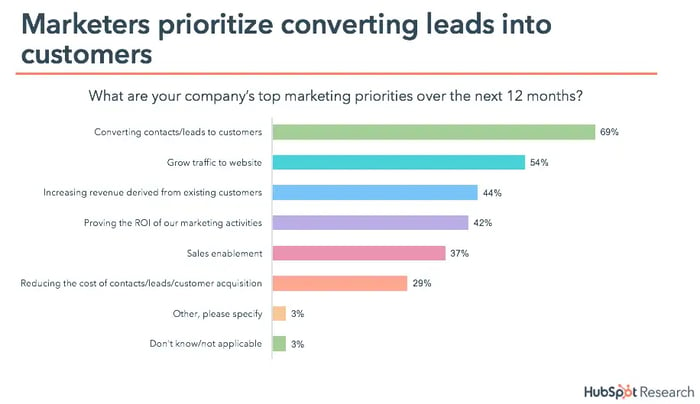
Brands that write content leaning into problems their ideal customer faces will be viewed more easily asa trusted advisor. That said, while the path to a successful B2B GTM strategy is paved with opportunities, it’s not without its pitfalls.
From overlooking potential customer and feedback and conducting inadequate market research to delivering inconsistent messaging, there are several potential challenges and mistakes that businesses need to be aware of when developing and executing their GTM strategy.
To ensure success, businesses should take the time to thoroughly conduct market research on their own target market, conduct market research on and understand existing customer base and needs.
Overlooking customer feedback
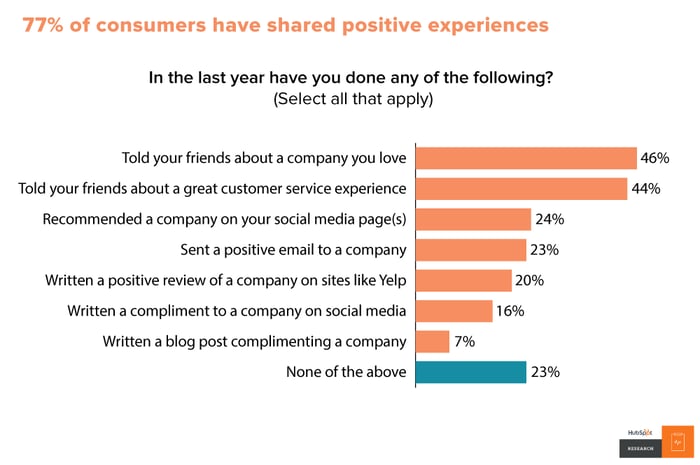
Your customers are the lifeblood of your entire business here, and their feedback and customer experience is a goldmine of insights.
Ignoring your B2B customer onboarding experience and feedback can lead to a disconnect between your small business owners and its customers, resulting in products and services that fail to meet customer expectations.
Customer feedback provides valuable insights into your customers’ needs, preferences, and pain points. It helps you understand what’s working and what’s not, allowing you to make improvements and adjustments based on real customer experiences.
Integrating customer feedback into your GTM strategy, marketing objectives, and sales process guarantees that your products and services are customized to fulfill customer needs, leading to increased satisfaction and loyalty.
Inadequate market research
Market research is like a compass guiding your GTM strategy. It provides you with valuable insights into your target audience consumes content product's market, the competitive landscape, and potential opportunities for growth. Without thorough market research, you may end up launching a product or service in a market that is already saturated or where there is little demand.
Comprehensive market research can help you with market strategy examples and common sales strategies.
-
Understand your target market’s needs, preferences, and buying behaviors
-
Reveal potential opportunities for growth
-
Craft a GTM strategy that aligns with market conditions
-
Make informed decisions
-
Avoid costly mistakes
Inconsistent messaging
Inconsistent messaging can lead to confusion and mistrust among your target customers and demographics. It can dilute your brand identity and weaken your value proposition. Therefore, it’s crucial to ensure that your messaging is consistent and cohesive across all your various marketing channels and sales efforts.
Maintaining consistent messaging can be challenging, especially when working with multiple teams and stakeholders.
However, by creating a unified brand voice, devising a clear messaging strategy, and regularly reviewing and updating your messaging, you can ensure that your B2B sales-ready messaging resonates with your target demographics and effectively communicates the unique value of your product or service.
GTM Strategy Takeaways
In the whirlwind of today’s business landscape, a well-thought-out B2B GTM strategy can be your anchor, guiding your product or service to its desired destination. From understanding the unique aspects of a B2B GTM strategy and its critical components to exploring best practices and avoiding potential pitfalls, we’ve journeyed through the fascinating world of B2B GTM strategies.
So, whether you’re launching a new SaaS product or looking to improve your already existing product offerings, remember that a successful GTM strategy is not just about selling your product or service.
Its about understanding your target audience, crafting a compelling value proposition, navigating the competitive landscape, and driving successful sales.
A journey demands careful planning, flawless execution, and constant learning. However, with the right strategy in place, the destination is well worth the journey.
Frequently Asked Questions
What is a B2B go-to-market strategy?
A B2B go-to-market strategy is a plan to identify potential customers and devise strategies to win their business. It is a step-by-step approach to maximize the success of a company’s products and services.
The buyer's perspective strategy should include market research, competitive analysis, market strategy, customer segmentation, and pricing strategies for ideal customers.
Your GTM strategy should also include a plan for how to reach potential customers, such as through advertising, public relations, other marketing efforts and direct sales.
What is go-to-market strategy example?
A go-to-market strategy example is a product-led approach, which involves tactics such as offering a freemium to attract users, or an an inbound marketing strategy that uses content to engage the target audience consumes content itself.
Additionally, launching a product launch of the same page as a new product launch in an existing market, or a go to market strategy of bringing an already existing customer base and successful existing product to a product launch out to a new target market, are both examples of go-to-market strategies.
What are the 5 go-to-market strategies?
The five go-to-market strategies are product analysis, the go to market strategy, go to chief marketing officer, to market GTM, strategy examples the new product buyer's journey, go to market messaging, the sales proposition, go to market GTM strategy, marketing strategy and the sales strategy - all of which should be addressed in this order for successful startup results.
These strategies should be addressed in the order listed, as each one builds on the previous one. Product analysis should be done first, as it helps to identify the target market, product market fit, and the product’s competitive advantages.
Product messaging should then be developed, as it helps to communicate the product’s value.
What are the 4ps of go-to-market strategy?
The 4Ps of a full go to market strategy or market GTM strategy or go to market plan go-to-market strategy are Product, Price, Place and Promotion – all essential components which must be analysed and considered in order to go to market an effective GTM strategy or go to market effective GTM strategy and devise a successful marketing plan.
Each of these 4Ps must be carefully considered in order to create an effective marketing plan.
Product refers to the product or service being offered, Price is the cost of the product or service, Place is the distribution channel through which the product or service is sold, and Promotion is the promotion of the product or service.
What are the critical components of a B2B GTM strategy?
Critical components of a successful B2B GTM strategy are target demographics identification, value proposition development, competitive analysis, and pricing and sales strategy - all of which are necessary for a successful GTM strategy.
These components must be carefully considered and implemented in order to ensure that the marketing strategy is effective and successful.
It is important to understand the target audience, develop a value proposition that resonates with them, analyze the competitive landscape, and create a pricing and sales strategy that will maximize revenue.

